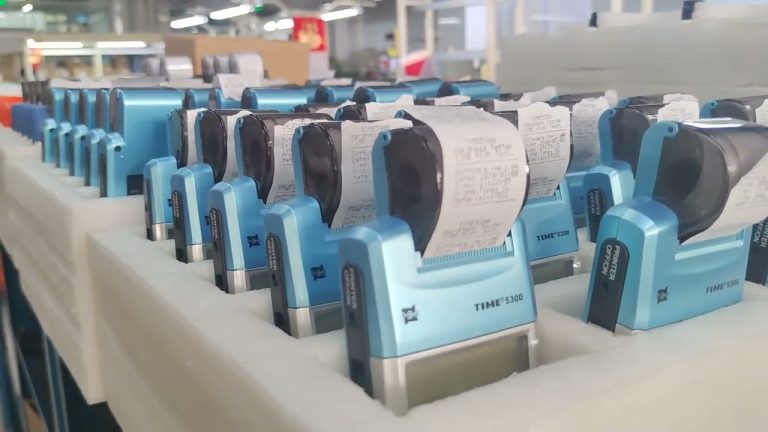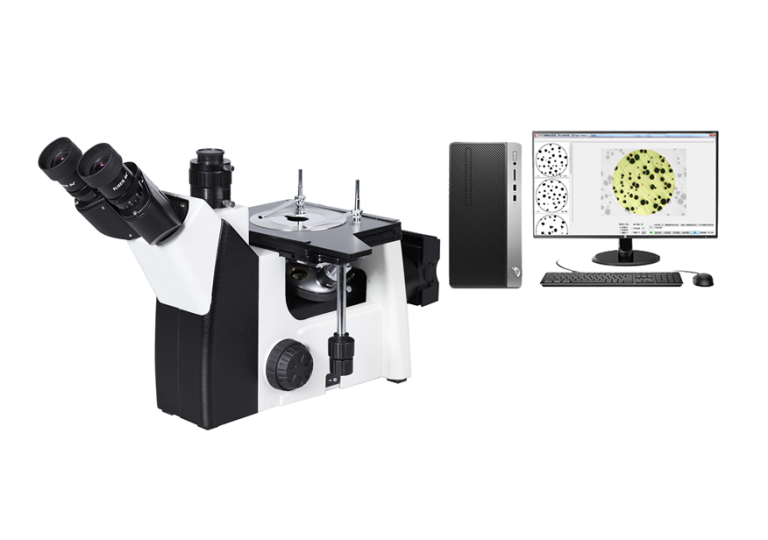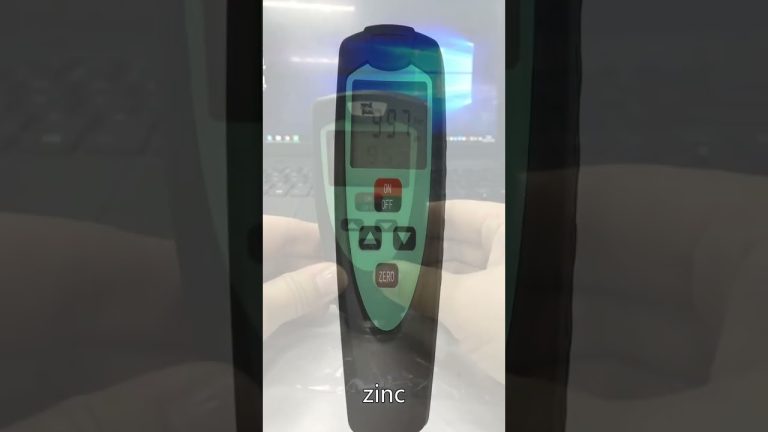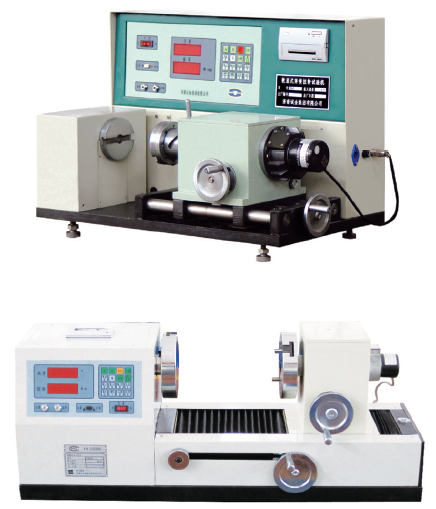Shore hardness tester is a widely used instrument for measuring the hardness of materials, particularly polymers, elastomers, and rubber.

It is essential in various industries, including manufacturing, automotive, and materials science, to ensure that materials meet specific hardness requirements. This article discusses the classification of Shore hardness testers and their functions.
Classification of Shore Hardness Testers
Shore hardness testers are classified into several types based on the scale used and the specific applications. The most common classifications are:
1. Shore A
The Shore A scale is primarily used for softer materials such as rubber, elastomers, and flexible plastics. The Shore A durometer measures the indentation hardness of materials, providing a scale that ranges from 0 to 100, where lower values indicate softer materials and higher values indicate harder ones. This scale is particularly useful in applications requiring flexibility and resilience.
2. Shore D
The Shore D scale is designed for harder materials, including rigid plastics and hard rubbers. The Shore D durometer also measures indentation hardness but operates on a different scale, ranging from 0 to 100. This scale is essential for evaluating materials that require high strength and durability.
3. Shore O
The Shore O scale is less common but is utilized for measuring the hardness of very soft materials, such as gels and soft foams. This scale is particularly useful in specialized applications where traditional Shore A or D scales may not provide accurate results.
4. Digital Shore Hardness Testers
With advances in technology, digital Shore hardness testers have become increasingly popular. These testers provide electronic readouts and often include features such as data storage, statistical analysis, and connectivity options for enhanced accuracy and convenience.







